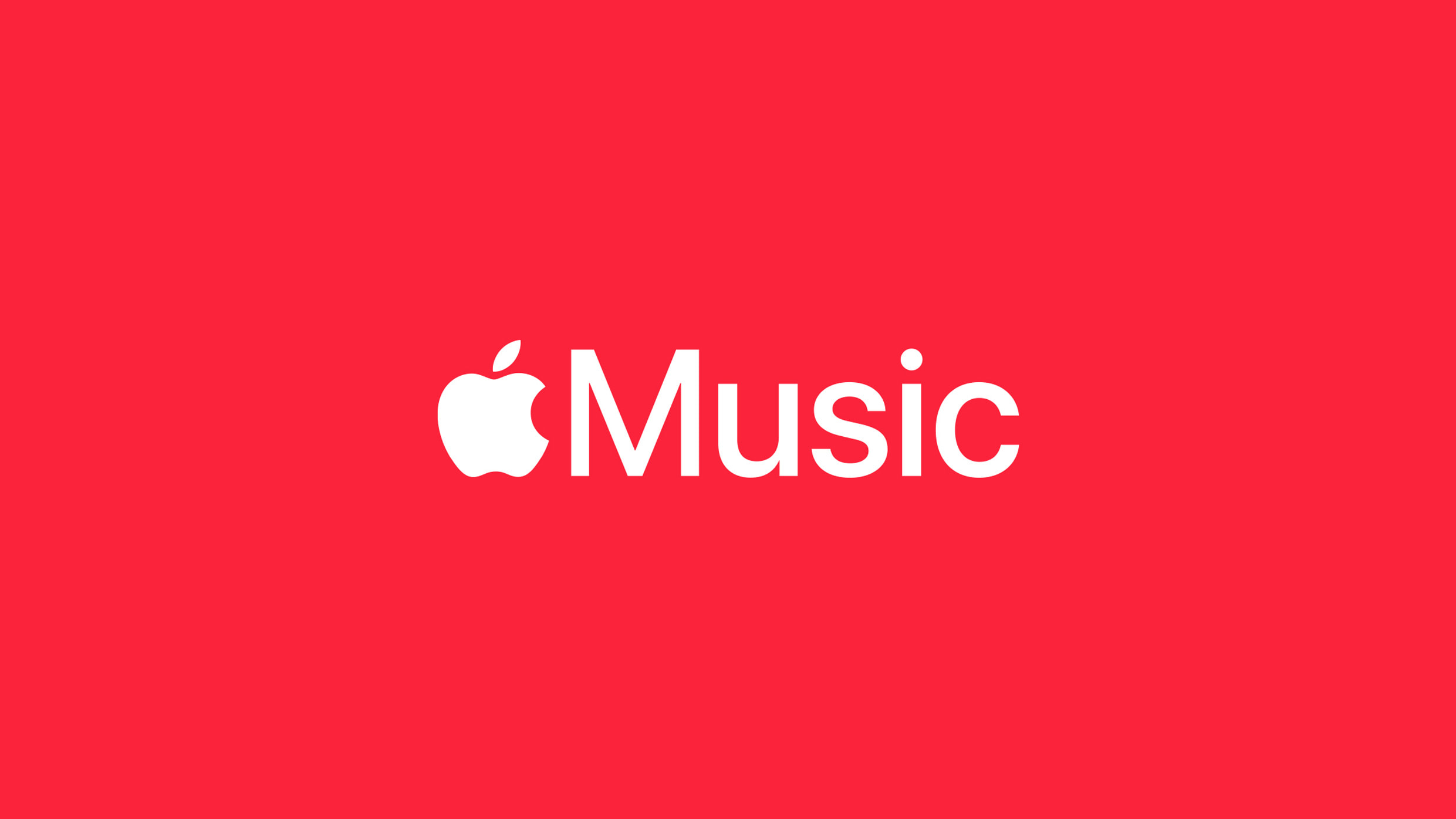Great news for music fans! As of April 4, 2025, Apple Music on Windows now supports Dolby Atmos. This cool feature makes your music sound like it’s all around you, giving you a 3D audio experience. It works on PCs with the right hardware and is available starting with version 1.1284.20225 of the Apple Music app.
Dolby Atmos is a special sound technology that turns your listening into something awesome. With the right headphones or speakers, it feels like the music is coming from every direction. Apple’s Spatial Audio uses this tech to make songs sound more real and exciting, like you’re right there with the band.
Before this update, Dolby Atmos was already on iPhones, iPads, Macs, and other Apple devices since June 2021. Now, Windows users can join the fun too! Whether you’re using fancy headphones or your PC’s built-in speakers, you can enjoy this immersive sound if your setup supports it.
Apple even made a simple guide called “Play Dolby Atmos in Music on Windows” to help you get started. It walks you through how to turn it on and enjoy your tunes in a whole new way. This update makes Apple Music even better for Windows fans who love high-quality sound.
So, if you’ve got a Windows PC and an Apple Music subscription, you’re in for a treat. Dive into your favorite songs and hear them like never before with Dolby Atmos. It’s a game-changer for anyone who wants their music to feel alive and full of energy!





